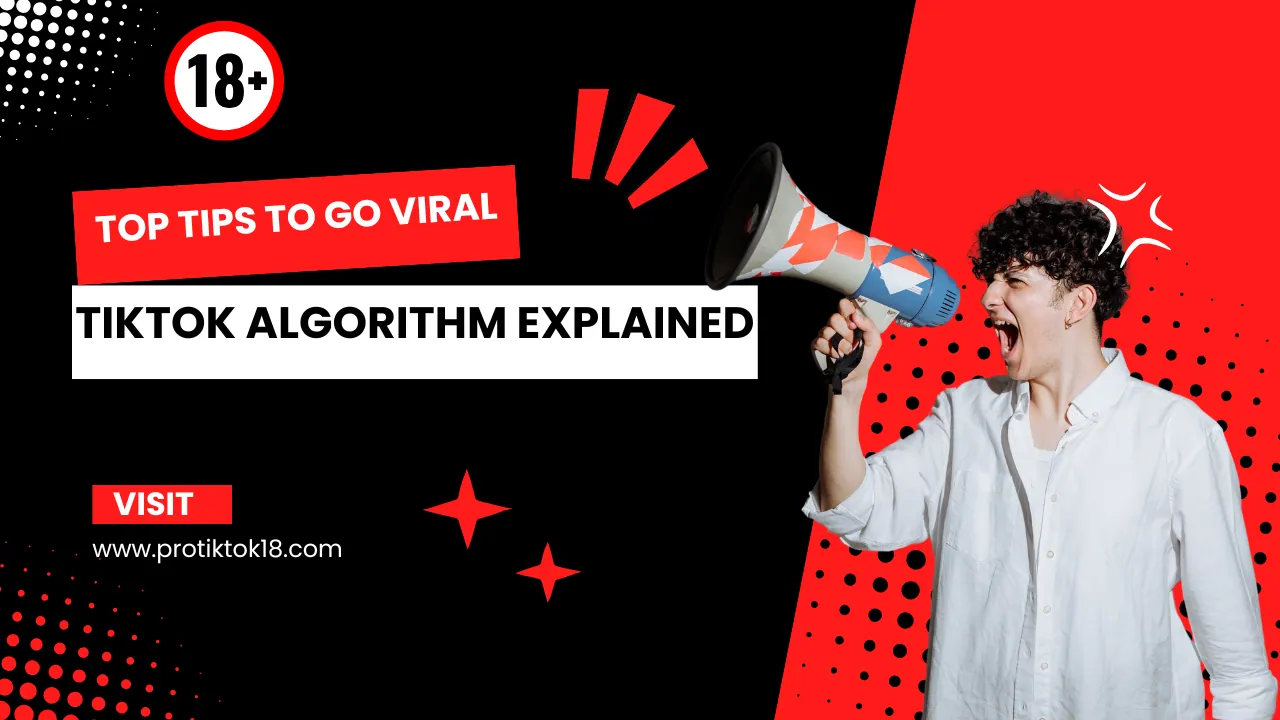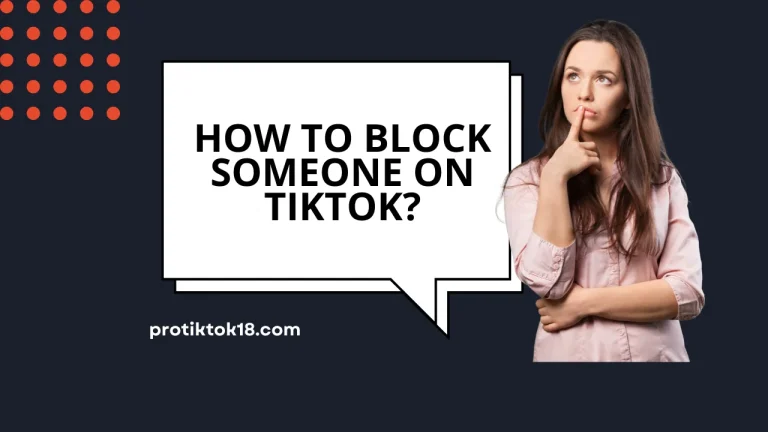TikTok Algorithm Explained: Top Tips to Go Viral Fast
There’s no doubt that TikTok has become one of the most popular social media platforms today. People of all ages are using it, and everyone dreams of going viral—whether on the official TikTok app or its modified versions like TikTok 18. However, going viral isn’t as simple as just uploading a video and waiting for it to blow up. TikTok’s algorithms use various factors to rank content.
Understanding these algorithms is important to optimize your content and increase your chances of going viral. In this blog post, we’ll explain how TikTok’s algorithm works and guide you on how to optimize your content to maximize its reach and impact.
What is the TikTok Algorithm?
The TikTok recommendation algorithm is designed to show content to users based on their activity and behavior on TikTok. For example, if you watch funny videos on the platform, your feed will primarily display similar content. Likewise, if you watch or like videos related to music, TikTok will suggest more videos from that category.
The algorithm’s primary purpose is to deliver personalized content that aligns with users’ preferences, enhancing their overall experience. In simple terms, it works by identifying the user’s specific interests and showing them relevant videos. This is how most social media sites’ algorithm work.
Key Factors Influencing TikTok’s Recommendations
1. User Interactions
User interactions, such as likes, comments, and watch time, play a critical role in how TikTok determines what content to show. These interactions help the algorithm better understand individual preferences.
For instance, if someone frequently likes, comments on, or shares prank-related videos, TikTok will start recommending more similar content. Among all these factors, watch time is especially significant. The longer a user spends watching a particular type of video, the more likely Regular TikTok is to suggest related content. This personalized approach ensures users stay engaged with relevant and interesting videos.
2. Video Information
TikTok also considers video information to determine what content is shown. This information helps categorize videos and connect them with the right audience. Important elements include:
- Captions: Captions allow TikTok’s algorithm to understand the context of your video. For instance, if you post a prank video with a caption like “Funny Prank on My Best Friend,” the algorithm identifies it as comedy.
Tip: Keep captions short, relevant, and include important keywords to improve discoverability. - Keywords: Keywords are the words or phrases that people search for online. Using relevant keywords in your captions helps TikTok’s algorithm better categorize your content and show it to viewers who are most likely to engage with it. For instance, phrases like “funny prank” or “hilarious videos” are ideal keywords for prank videos.
3. Device and Account Settings
TikTok recommendations are also influenced by your account settings and the device you’re using. Key factors include:
- Language Settings: If your account is set to English, TikTok will primarily display English-language content.
- Location Settings: TikTok uses your geographical location to recommend content. For instance, if you’re in the USA, you’re more likely to see videos created by users in the USA or trending locally.
- Device Type: Although TikTok doesn’t heavily rely on the type of device you’re using (e.g., iOS or Android), video resolution does matter. High-resolution videos are prioritized for devices that can display them effectively, while low-resolution videos may be shown on devices with lower display capabilities.
TikTok’s algorithm also factors in cultural and regional trends, events, and festivals, ensuring users receive content relevant to their area.
Also read: Is TikTok 18 Safe to Use?
Common Myths About the TikTok Algorithm
Myth 1: TikTok Only Promotes Big Creators
It’s a common misconception that TikTok favors large brands or popular creators with a big following. However, the platform doesn’t promote content based on follower count. Instead, it focuses on the quality of content and user engagement.
Even new accounts with no followers can go viral if their content resonates with the audience. If people watch, like, and share a video, TikTok’s algorithm will promote it to a wider audience, ensuring everyone has an equal chance to succeed.
Myth 2: Viral Videos Require Professional Editing
Many believe that only professionally edited videos can go viral. In reality, content quality matters more than production quality. Creativity, storytelling, and emotional impact are the key factors that connect with viewers and make them share your video.
Many TikTok creators go viral using just their smartphone cameras and basic editing tools. The secret lies in engaging storytelling, relatable themes, and authenticity.
Myth 3: Using Trending Hashtags Guarantees Virality
While hashtags are important for categorizing content, they don’t guarantee that your video will go viral. Hashtags work best when combined with engaging and high-quality content.
Simply using trending hashtags won’t make a video successful. Instead, focus on creating content that encourages likes, shares, and comments. Hashtags are most effective when they’re relevant to your content and paired with other key factors like watch time and audience interaction.
Tips to Go Viral on TikTok
1. Create High-Quality Content
“Content is king” — this applies to TikTok as much as any other platform. To go viral, your videos must offer something valuable or interesting to your audience. Focus on engaging storytelling that keeps viewers hooked from start to finish. Additionally, ensure your videos have good lighting, clear audio, and visually appealing elements.
2. Engage With Your Audience
Engaging with your audience is crucial, regardless of whether you have a small or large follower base. Respond to comments, like posts, and build a loyal fan community. When your followers actively engage with your content, TikTok’s algorithm will naturally boost your videos.
3. Leverage Trends
Jumping on trending challenges, sounds, or hashtags can help your videos gain traction. However, ensure your content remains authentic and aligns with your style to maintain originality while leveraging trends.
4. Post Consistently
Posting consistently increases your chances of being noticed by TikTok’s algorithm. Aim to upload videos at times when your target audience is most active. Regular posting helps you stay on your followers’ radar and increases overall engagement.
5. Optimize Video Length
TikTok videos that are watched in full tend to perform better. Create content that’s engaging enough to retain viewers from start to finish. Keep your videos concise while delivering maximum impact.
Final Thoughts
TikTok’s algorithm may seem complex, but understanding how it works can significantly improve your chances of going viral. Focus on creating engaging, high-quality content, using the right captions and keywords, and interacting with your audience. By following these strategies, you’ll not only boost your visibility but also build a loyal following over time.
Remember, going viral isn’t just about luck—it’s about strategy and consistent effort. Start applying these tips today, and you might find your next video on the For You page!

